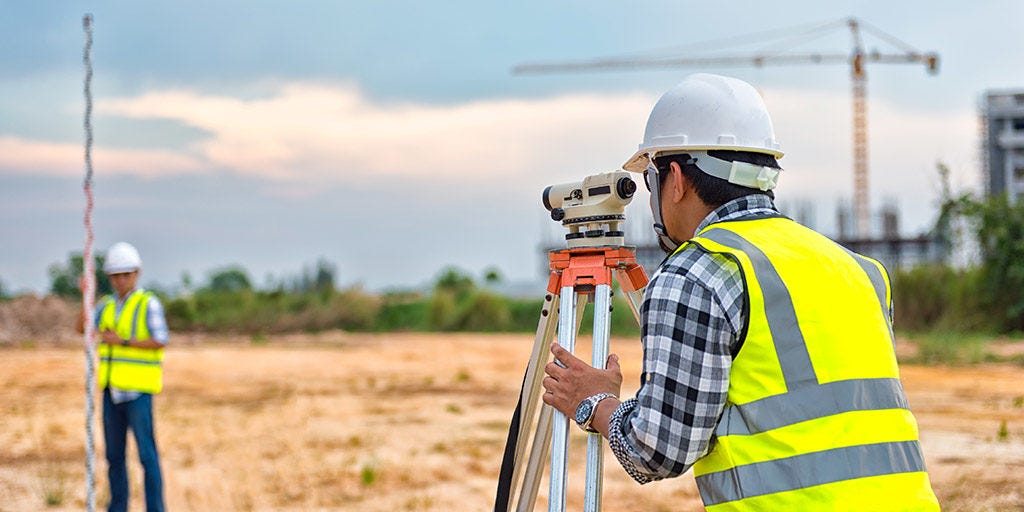Why to Perform a Land Survey - NexGen Surveying
Land surveying is the science, art, and profession of determining the positions of points on the surface of the earth and measuring the distances, directions, angles, and elevations between them. This data helps accurately create maps and determine plot boundaries. A boundary survey map is a drawing that depicts the mathematical and physical features of a parcel of land in relation to deeds of record, map lines, and/or other pertinent reference data based upon an actual field survey.
Land surveyors will research the property before they even look at the land and collect data then make maps of the Earth’s surface. Surveying technicians visit sites to take measurements of the land and Mapping technicians use geographic data to create maps. With the approach of a team, strong technical capabilities, and effective communication skills, we work closely with clients, vendors, permitting agencies, and various other entities to achieve project requirements and objectives.
Reasons for Performing a Land Survey
To Determine Lot Dimensions and Identify Topography
Property is frequently sold based on its square footage. Homes are priced according to square footage and large lots are available in acres. You need the information for construction and development needs, in addition to knowing the size of the property to compare rates. If you’re building a custom home or establishing a manufacturing facility, the design must fit on the land without infringing on neighbors’ property or obstructing easements.
Another important piece of information is topography, which may tell you what needs to be done to prepare the land for development and how to tailor building plans to the existing environment. If you’re buying a piece of rural property, the survey can tell you how much of it is pastureland, whether there’s a water feature like a pond or lake, how much is under cultivation, and how much is forested.

To Obtain a Mortgage or Sell Land
A survey is required in the majority of today’s land transactions so that both the buyer and seller are aware of exactly what is being sold. You’ll want to know if the prior survey was accurate, as well as what the land might contain in terms of utility easements, rights-of-way, and general zoning compliance.
As part of the due diligence and documentation of a land sale, mortgage surveyors or title firm wants the information. They are safeguarding their own assets by keeping everything open and transparent. If you’re a buyer, you want to know that no one is deceiving you. Sellers want to obtain the most money for their homes.
When Building or Renovating
The residents or businesses next door will be offended if you take a piece of their land for your construction or expansion. Before you finalize your construction ideas, make sure the finished structure will fit inside the property’s boundaries.
Renovations to a home or building that involve structural extension must still be compatible with the current property. A survey tells you what you have to work with and how to keep the neighbors pleased if you acquired a house or building with the intention of adding to it in the future.
Compliance with Zoning Laws and Building Codes
Different portions of the city are allocated for different sorts of structures and activities in most municipalities. Residential, industrial, retail, and other zones are all possible. Zoning laws and building codes can describe not just what can be done on land, but also how big or small the structures can be, the kind of structures that can be built on it, and even the materials that can be used to make them.
Rights of way for roads and utilities, the placement and extent of easements, and what must be set aside for other public or city use are all covered by zoning and building rules.
When Making Permanent Improvements
Aside from restorations, surveys can assist you to construct permanent additions like fences, driveways, and barns inside your property’s limits without intruding on the neighboring property. Even if you only plant a tree, you should be aware that every limb that grows beyond the property boundary is subject to the whims of the neighboring property owner.



Comments
Post a Comment